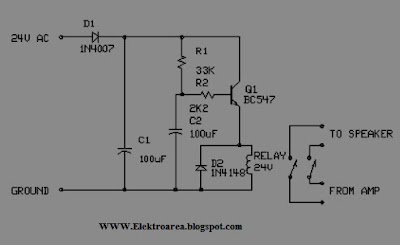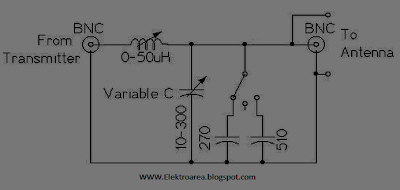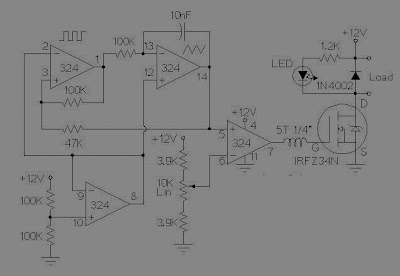Mengukur Kerusakan Fet Dengan Multimeter
FET is divided into two families: Junction FET (JFET) and Insulated Gate FET (IGFET) or also known as Metal Oxide Silicon (or semiconductor) FET (MOSFET). In contrast to the IGFET, the JFET gate terminal forming a diode with the channel (semiconductor material between the Source and Drain). In its function, this makes N-channel JFET to be a solid-state version of the vacuum tubes, which also forms a diode between the grid and cathode. And also, both (JFET and vacuum tubes) work in "depletion mode", both have a high input impedance, and they conduct electrical current under the control of the input voltage.

Determination of FET performed by investigators x100 range of black and red on the Source Gate. When the needle to deviate, then the FET is kanalP Janis and if not, the FET is the channel N.
Damage to the FET can be observed with a series of pictures. Range is placed on x1k or x10k, potensio at a minimum, the resistance should be small. When potensio rotated to the right, the resistance should be infinite. If this does not happen, then the possibility of FET damaged.






























